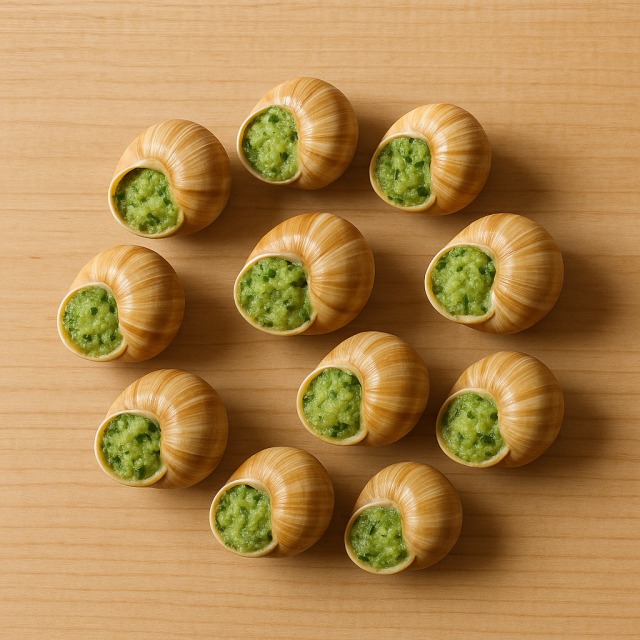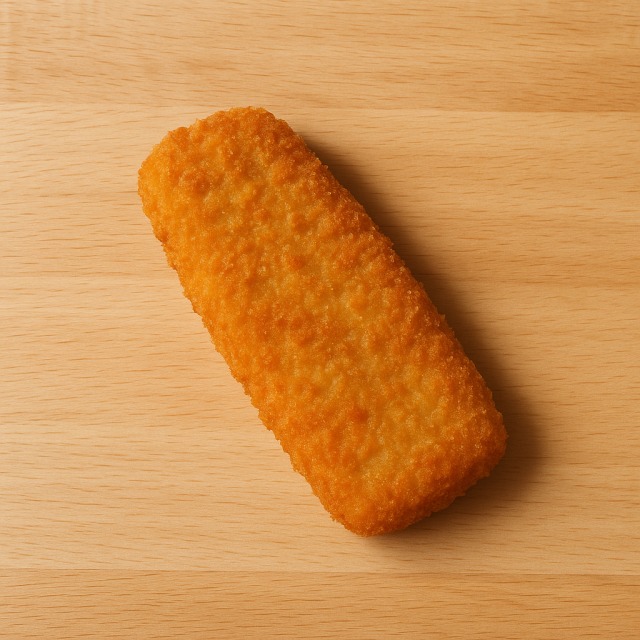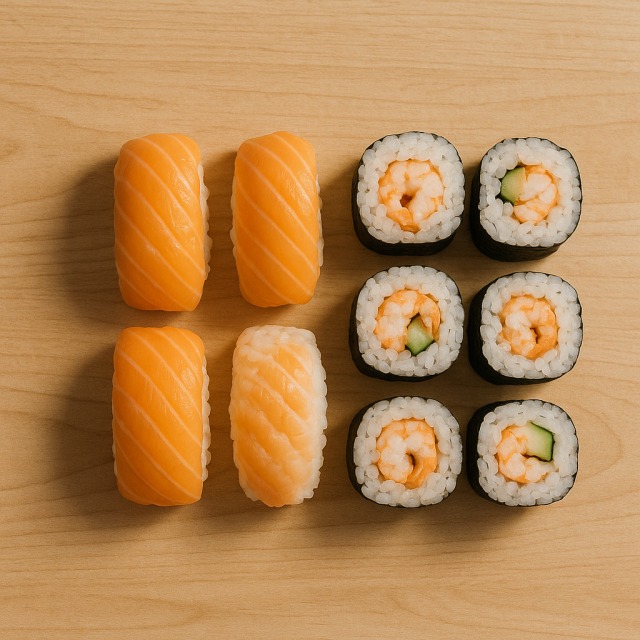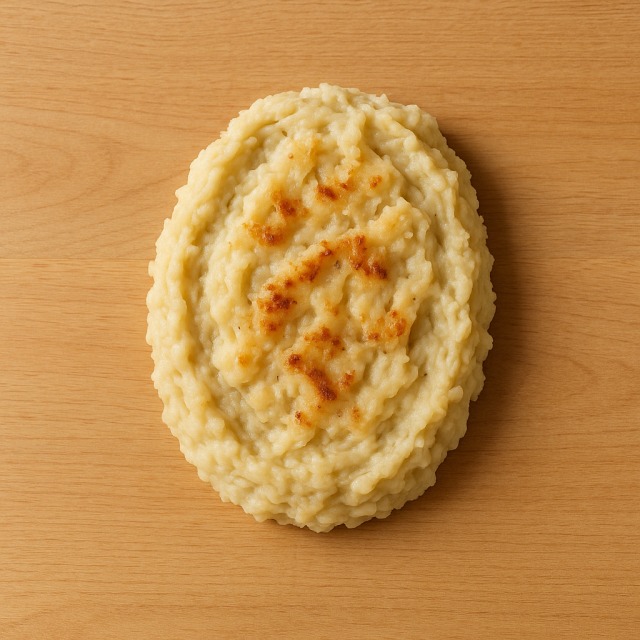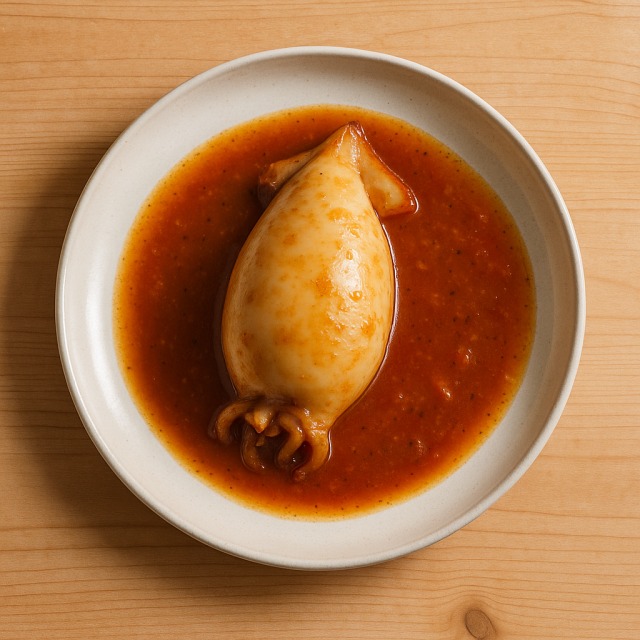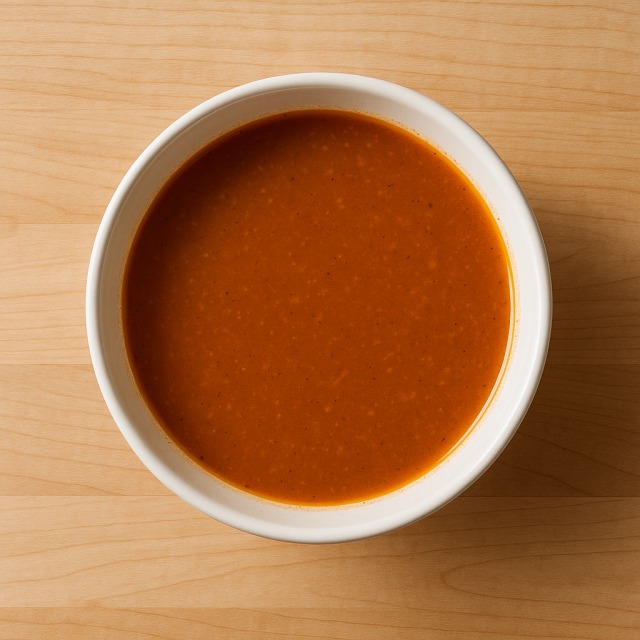Calorie Chart / Recipes / Quenelle
How Many Calories Are in Quenelle?
Calculation of the nutritional value & Recommended Dietary Intake of quenelle
For g and a calorie requirement of kcal
| Calories 100 kcal | Proteins 2.5 g | Lipids 8 g | Carbohydrates 4.5 g |
| 5% | 3% | 12% | 2% |
Health benefits of quenelle
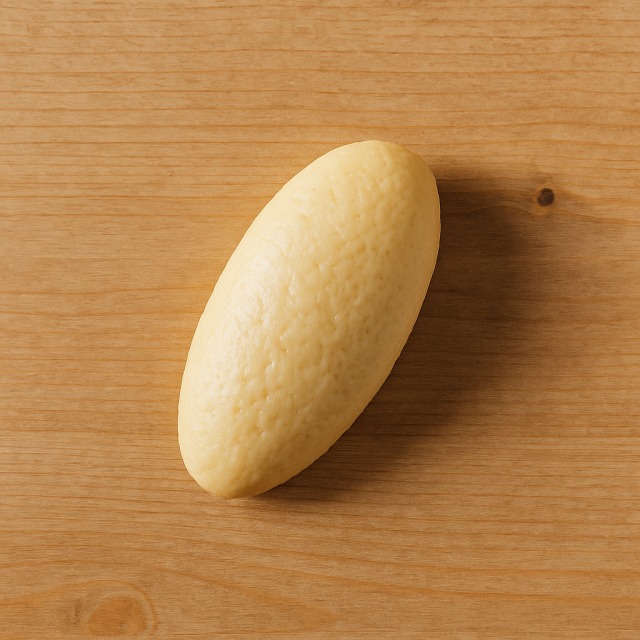
Quenelle - 100g
Calories 200 kcal
Proteins 5 g
Lipids 16 g
Carbohydrates 9 g
With about 200 calories per 100 g, the quenelle is a moderate-to-high calorie preparation compared with many other starch-based dishes. Most of these calories come from the batter's butter and wheat flour, while the addition of egg supplies valuable proteins and fat-soluble nutrients. Eggs enrich the quenelle with vitamin B12, vitamin A, and selenium—nutrients that support normal immune function and vision.
Quenelles made with pike or poultry stock also deliver iodine and phosphorus, minerals essential for thyroid balance and bone health. Although not a major source of fibre, the dish provides about 5 g of protein per 100 g, which helps slow down digestion of the calories and promotes satiety. Thanks to the whipping of the batter, the final texture is airy, making the portion seem generous while keeping the real weight—and therefore the calories—under control.
Historically, quenelles were invented in early-19th-century Lyon as a way to stretch expensive fish meat; the word comes from the German "Knödel" (dumpling). This culinary heritage explains why the calories are relatively concentrated, yet the mouthfeel remains light.
To sum up, the quenelle supplies energy-dense calories together with B-group vitamins, selenium, iodine, and phosphorus. However, it remains low in fibre and relies on added fats for flavour.
Tips for incorporating quenelle into a balanced diet
If you watch your calories, serve one medium quenelle (≈60 g) with a generous ladle of homemade tomato sauce and a side of sautéed spinach. The acidity and fibre will balance the richer calories of the dumpling and keep the meal under control.
A Lyonnaise classic pairs pike quenelles with a light béchamel sauce; replace part of the cream with low-fat milk to shave off calories while preserving the silky texture. Complete the plate with steamed broccoli or green beans for colour and extra vitamins.
For athletes needing more calories after training, nest a couple of quenelles on a bed of rice pilaf and top with grated Parmigiano. This combination boosts complex carbohydrates and proteins for recovery.
Finally, remember portion control: each extra quenelle adds roughly 200 calories, so plan the rest of the menu accordingly, favouring water-rich vegetables and lean protein sources when you want the dish without a calorie overload.
Frequently Asked Questions
- How many calories are in a quenelle?
- There are 200 kcal per 100 g.
- Are quenelles considered high in calories?
- Yes. With 200 kcal per 100 g, quenelles contain more calories than simple boiled potatoes or steamed cod, but fewer calories than fried items such as French fries.
- How can I reduce the calories when cooking quenelles?
- Poach the quenelles in salted water instead of frying, use a spoonful of light crème fraîche in the sauce, and stick to one dumpling per serving. These adjustments can cut dozens of calories per plate.
- Are quenelles suitable for a weight-loss diet?
- In moderate portions, they can fit into a hypocaloric plan. Control calories by adding plenty of vegetables and limiting sauces rich in calories.
- Do athletes need to worry about the calories in quenelles?
- Endurance athletes often welcome the extra calories before long sessions, while strength athletes may pair quenelles with a lean protein like chicken to increase protein intake without excessive calories.
- How many calories does one average quenelle contain?
- A medium 60 g quenelle provides roughly 120 calories. Multiply by the number of dumplings to gauge total calories.
Similar foods
Information provided by Calorie Menu may contain inaccuracies or errors. It cannot, under any circumstances, substitute medical advice or medication.
